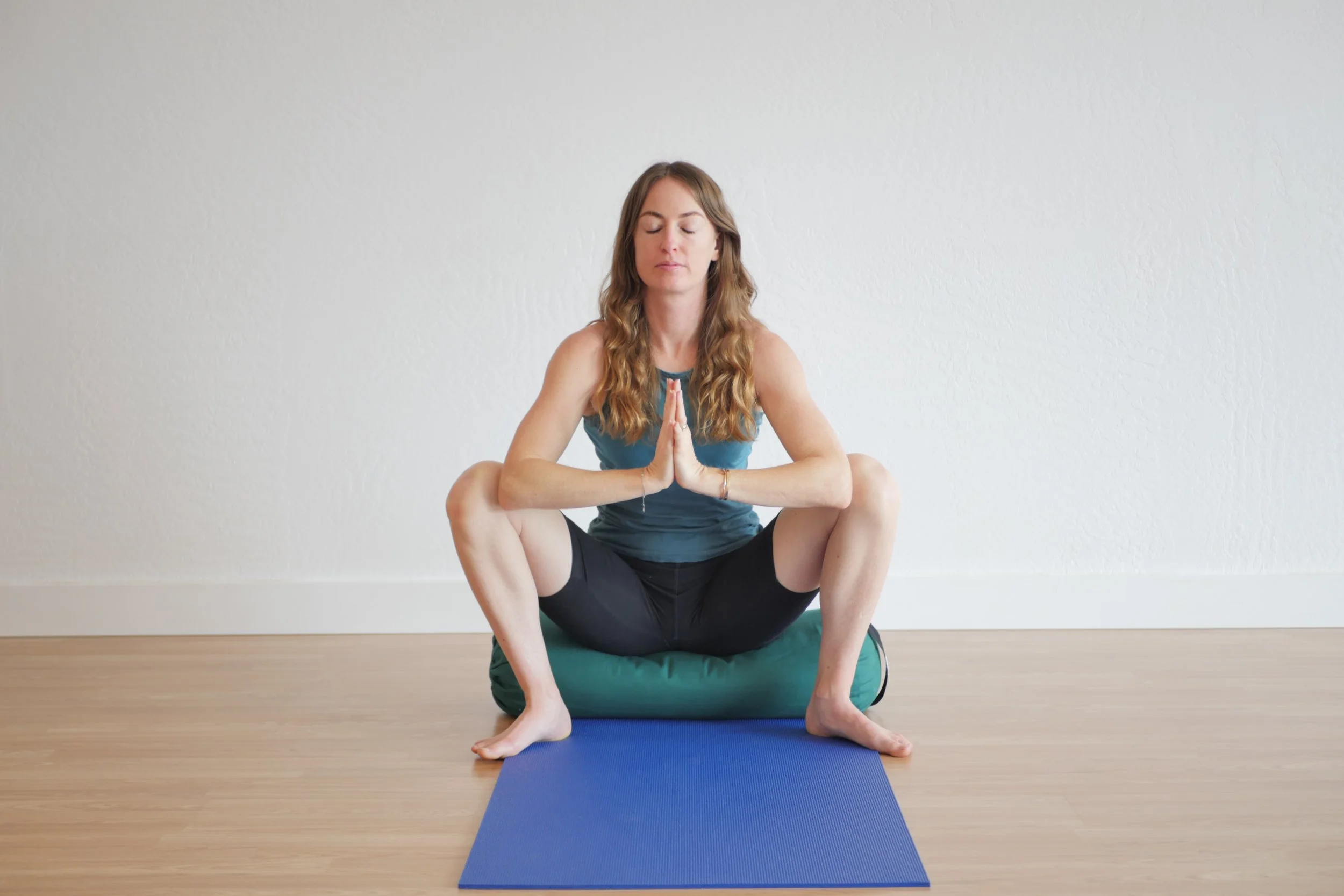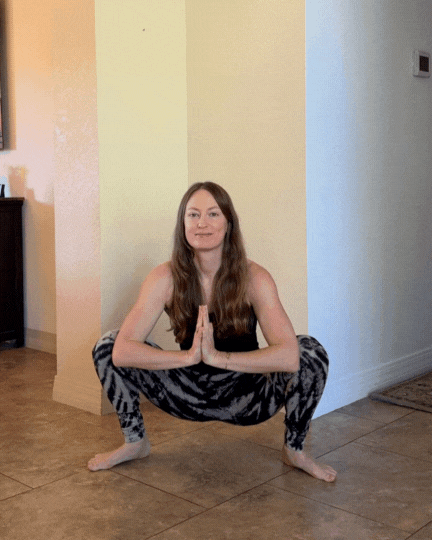Squats, the Key to Lifelong Independence
When we think about squats, most people picture a gym exercise or mobility drill. But the truth is, squatting is not a fitness routine, it’s a fundamental human movement pattern that’s deeply tied to our health, mobility, and independence.
Before chairs, squats were the way we rested, the way we waited, the way we gathered and connected. Squats were how we lived.
If you travel to parts of Asia, Africa, or Eastern Europe today, you’ll still see people squatting with ease in daily life. Eating meals, preparing food, chatting with friends, or simply taking a break in a squat. But in the West, we've lost this essential movement. Chairs have replaced squats, and with them, we’ve lost mobility, strength, and function.
Most adults can’t get into a squat without pain or restriction, and that loss matters a lot more than we might realize. Squats keep the spine long, decompress the lower back, open the hips, strengthen the knees, and maintain joint integrity throughout the lower body.
The ability to squat down and stand up with ease is one of the clearest indicators of agility and resilience as we age. When that ability starts to fade, it often signals the start of broader physical decline.
If you don’t do something about it, small limitations can quickly lead to bigger issues like chronic pain, a higher risk of falls, and difficulty with everyday tasks like using the bathroom, tying your shoes, getting out of bed, or picking something up off the floor.
When movement becomes harder, most people begin to move less, which leads to even more stiffness, greater muscle loss, and a gradual decline in overall physical function.
Don’t let this be you!
If you’ve lost the ability to squat, it’s not too late. In fact, now is the time to work to get it back because reclaiming your squat is reclaiming your power, your function, and your independence as you age.
Relearn to Squat
The Therapeutic Yoga Method helps you relearn to squat, using supportive props and intelligent sequences to gradually rebuild the mobility and strength needed to return to squatting safely. If you can’t squat now, make the commitment to relearn. When you give your body the right tools and information, it responds. Mobility can be restored. Strength can be rebuilt. And functional movement can return—one step at a time.
Client Testimonial
"I was in constant pain throughout my body, I could not squat or cross my legs, and now after a year of practice, I am able to do jumping squats and can sit comfortably on the floor with my legs crossed for substantial amounts of time. The changes are remarkable and these classes have truly been a life changer for me! Thank you for giving me the tools to stay flexible, mobile and most of all pain free.”
-Roni Cowell





